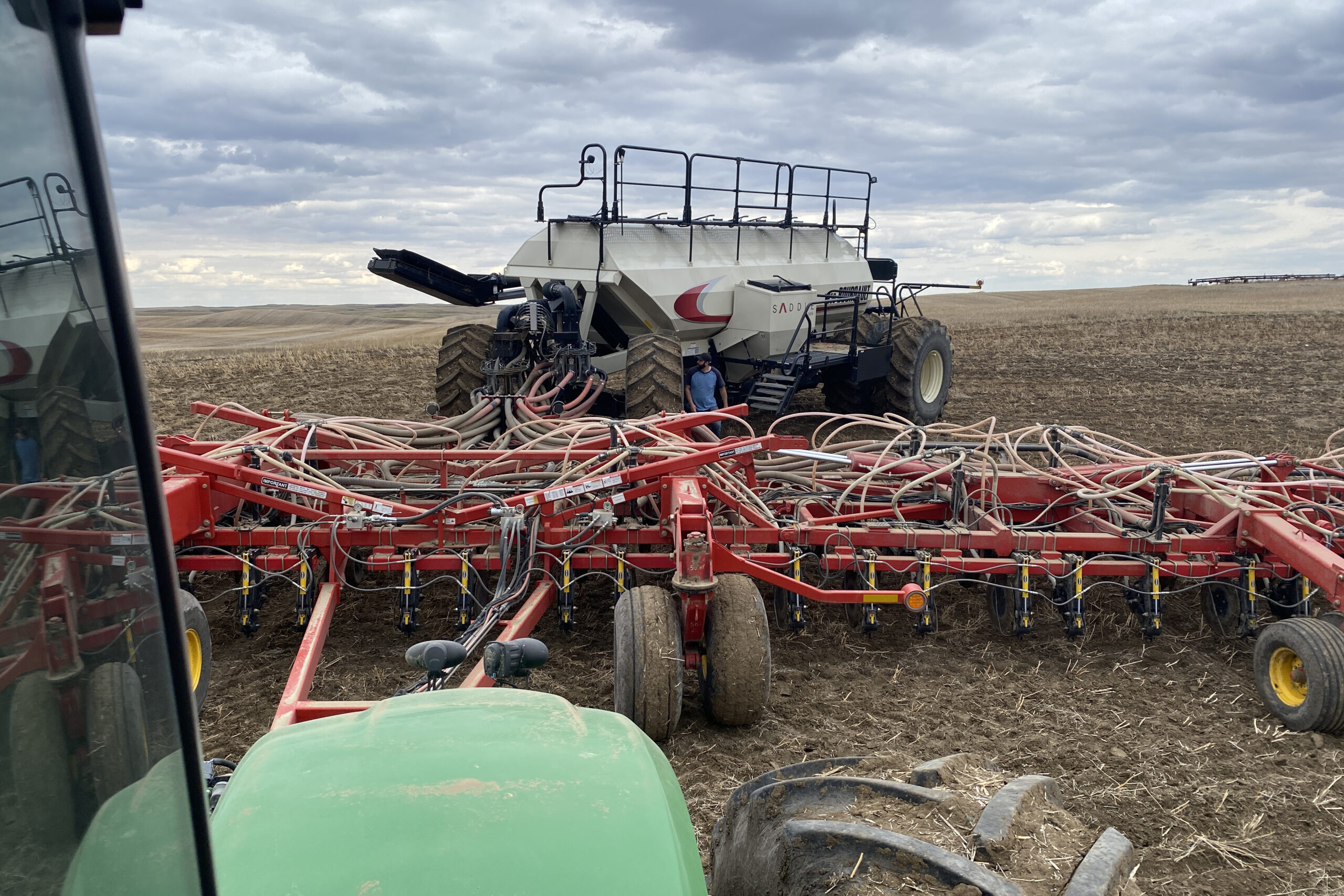By Brian Clancey, STAT Publishing
March 2022
International markets for pulses entered a period of unprecedented uncertainty following Russia’s invasion of Ukraine and the resulting wave of sanctions from North America, European Union member states, and all North Atlantic Treaty Organization (NATO) member countries except Turkey. This could see major changes in markets for peas, lentils, and chickpeas through the 2022/23 marketing year.
The most immediate impact of the conflict was the effective closure of the Black Sea to commercial shipping. At the same time there were dramatic increases in surcharges on vessel insurance because of the risk of being caught in the crossfire between Russia and Ukraine. Those premiums range from 1% to 5% on top of regular insurance costs, potentially several hundred thousand dollars of cost depending on the vessel size and its destination.
It is unknown how long those problems will last, but they mean any country using the Black Sea to export pulses and other crops needs to wait. The longer it takes, the more likely their customers will turn to countries like Canada to fill short-term needs.
Assuming Russia wins the war, sanctions will apply to all territories under its control. Some countries have forbidden the import of all Russian products, including pulses. The question then becomes how long will unity over sanctions remain in place. Europe is a major market for Russian oil and gas. In the summer, this is less of an issue for consumers; when home heating costs rise in the winter, public pressure to end sanctions could increase.
At the same time, the United States (U.S.) could apply sanctions to countries it believes are helping Russia. India has already been threatened under the Countering America’s Adversaries Through Sanctions Act (CAATSA) and there are suggestions Pakistan runs the same risk. That creates a new level of risk for lentil markets should the U.S. make this decision, and if Canada and Australia follow its lead.
One of the most significant sanctions was removing Russia from the Society for Worldwide Interbank Financial Telecommunications (SWIFT) banking system. This is how money is moved between most international banks. This means it harder for Russia to get paid for exports and pay for imports.
Significantly, India is looking at ways it can trade with Russia without using dollars. Efforts to find an alternative started before Russia invaded Ukraine and tie into its decision to relax phytosanitary requirements for lentils coming from Russia and other members of the Eurasian Economic Union, which also includes Belarus, Kazakhstan, and Kyrgyzstan. In the current climate, Russia would be expected to be more cooperative.
Turkey’s decision to not join with other NATO allies in sanctioning Russia also has the potential to become a significant event in pulse markets. In recent years, Turkey has already become the most important buyer of Russia’s peas, lentils, and chickpeas.
On average, Russia exports around one million (M) tonnes of peas annually, up to 500,000 tonnes of chickpeas, but under 100,000 lentils. India hopes to encourage expanded production of lentils by entering a memorandum of understanding to buy minimum annual quantities. For its part, Ukraine’s pea exports can reach 500,000 tonnes per year, while shipments of lentils and chickpeas are insignificant.
One impact of the war which could benefit peas is the fear Ukraine’s exportable surplus of grains will collapse if farmers cannot buy fertilizer or other crop inputs and/or if they fear entering their fields as long as the war lasts. The destruction of key parts of Ukraine’s infrastructure could have a more lasting impact. This has resulted in a spike in global grain markets, which increases competition for land use in Western Canada and the U.S. Canola was already the best-paying crop in Canada. If wheat and barley join the party, more growers could decide to reduce land in pulses in favor of those crops. Moderate reductions in seeded area for peas and lentils were already expected, while there was a chance chickpea plantings could increase.
A return to average yields would see a massive increase in production, with the coming harvest of peas, lentils, and chickpeas possibly jumping from a combined total of 3.94 to 5.95 M tonnes. A second year of drought would change the production outlook, but there is always the next season.
Assuming U.S. yields are also average, the most immediate impact would be a massive decrease in demand from that country. At the same time, stiffer competition for land use could add upward pressure to prices offered on production contacts.
Looking at probable trade displacements caused by the war, Canada ought to see improved demand from Western Europe. Russia will remain a factor in Turkey, Pakistan, Bangladesh, and possibly India and China. However, crop production costs in Russia will increase because of a steep jump in interest rates, while a weaker ruble creates more negotiating room for exporters. At the same time, until commercial shipping resumes in the Black Sea and insurance costs relax, several countries will be locked out of world markets.
Peas stand to benefit the most from the current situation. As long as grain and oilseed markets remain bullish, demand for peas for livestock feed purposes could improve. Movement could improve to Spain, Italy and Northern Europe; while China could return.
On the human consumption side, Canada will likely face more competition from the U.S. Quantities consumed by the fractionation industry will increase now that more facilities are on stream.
The outlook for chickpea demand is more mixed. Mexico will be a more significant factor this year, while the demand for low-priced product from Turkey and the Asian subcontinent will likely be met by Russia once the Black Sea opens. Canada tends to be a residual supplier. Lower production levels result in fewer market participants, and therefore less effort to uncover demand.
Red lentils will remain the main pulse grown in Canada, though its share of the total harvest will likely decrease. Markets are pleased to see Turkey restrict exports of domestic production, which could result in more re-seller demand for shipment to neighboring countries.
Australia will overhang red lentil markets for much of the current calendar year. Its crop is generally underestimated. As a result, markets do not have a clear idea of how much was actually grown, but are confident Australia will remain in a position to strongly compete for available demand from the Indian subcontinent and other areas.
Overall, demand should be strong enough to consume the coming crop, but it is obvious trading patterns will change. The long-term risk is if countries like Turkey, Pakistan, and India are forced to pick sides, returning the world to Cold War era geopolitics.
Brian Clancey is the Editor and Publisher of www.statpub.com market news website and President of STAT Publishing Ltd. He can be reached at editor@ statpub.com



